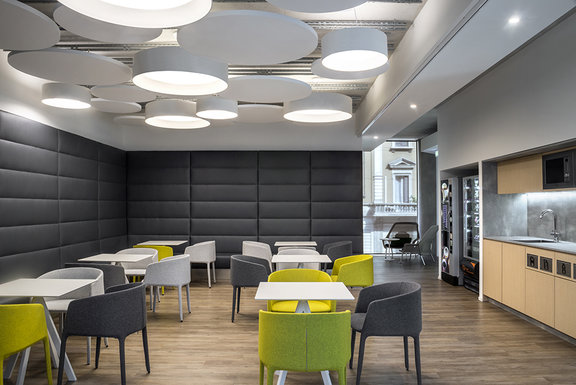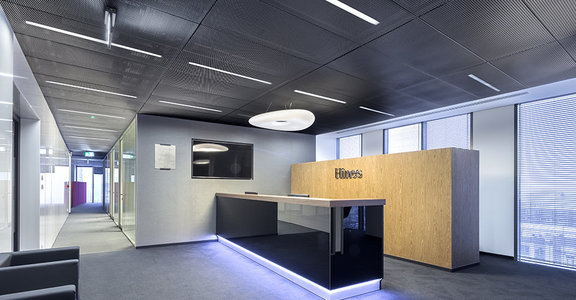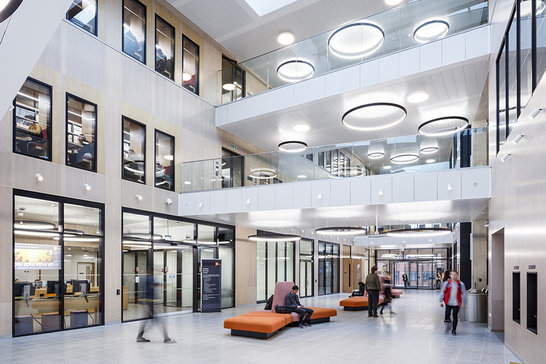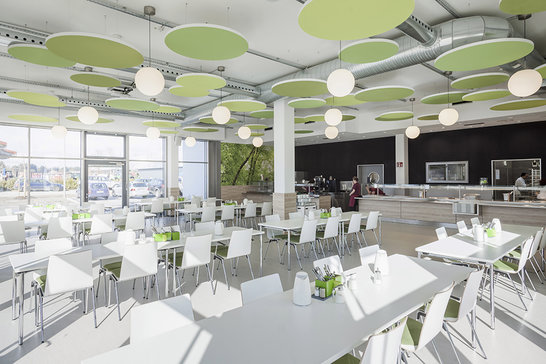
Helping People Live, Work, Learn, Heal and Play - Better
If construction is to build a better world, what role does wellbeing play? Health and happiness, productivity and loyalty, focus and success: all are products of wellbeing - but what creates it?
Wellbeing is a key part of green buildings, a part of BREEAM, LEED, SKA, HQE and DGNB, and integral to aesthetics, sustainability, sound and thermal performance – and its benefits are widespread.
Create better spaces
If the spaces we work in promote wellbeing, people are more productive and loyal, with higher staff retention, lower absenteeism and lower employment costs. When 91% of building owners list productivity as the return on investment in wellbeing, it’s clear that it’s vital. In schools, wellbeing helps students focus and improves teachers’ morale. It aids rest and recuperation in hospitals and hotels, and improves leisure experiences. So, how exactly do we create it?

Four Ways to Well-being
There are four components of good indoor environments: noise and acoustics, indoor air quality (IAQ), thermal comfort, and lighting and daylighting. Where space is needed to focus, the ability of a ceiling to attenuate, absorb and redirect sound is crucial to comfort. IAQ is a key factor – something that ceilings can safeguard, delivering clean performance by minimising emissions of volatile organic compounds (VOCs).
Thermal comfort has a distinct impact: surveys recorded a 6% reduction in productivity in offices at warmer temperatures, and 4% at cooler temperatures. So, a comfortable temperature is vital.
Meanwhile, studies reveal that students in classrooms with the highest levels of daylight achieve 7% to 18% higher test scores. Retail stores with skylights have recorded 40% higher sales than those without. Workers who sit near windows receive, on average, 46 minutes of more sleep per night than those without.
There is a clear case to increase daylight availability – perhaps by ‘cutting into’ structures to create higher ceilings and larger atria, or by using bright, white, light-reflective tiles to reduce reliance on lighting; securing lower energy requirements and greater productivity.

Designed With Well-being in Mind
Building for well-being requires a user-centred design approach. Iterative, inclusive and integrated, it brings users and scenarios into the design process, staying focused on user needs to build around well-being – and secure up to six BREEAM credits, seven SKA credits and five LEED credits.
For example, CLW in Germany, an organisation helping those with mental and physical disabilities – has very specific well-being needs. Through a four-month project, the team balanced aesthetics and acoustic comfort to create a friendly, welcoming space to enhance the lives of all occupants. A perfect illustration of how leading projects with a focus on well-being can help people live, work, learn, heal and play – better.
